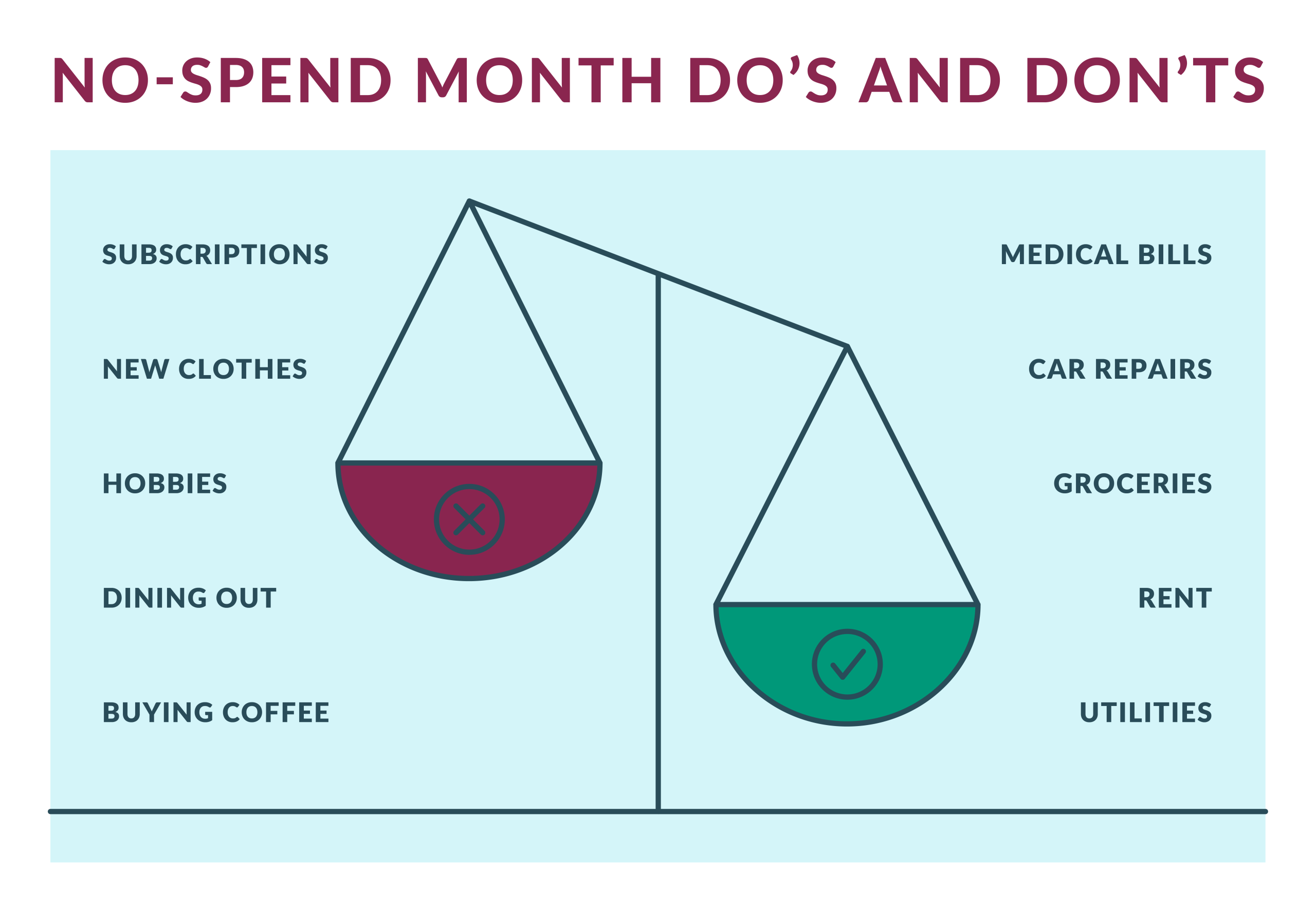Anúncios
Imagine you need a loan but don’t have a traditional job with a steady paycheck. It’s a common scenario, and one that can feel like a roadblock on your path to achieving your financial goals.
Don’t worry, though, there’s a unique solution called a “no-income loan”. This type of loan might sound too good to be true, especially if you’re struggling with traditional income documentation.
This article will break down everything you need to know about no-income loans. We’ll explain how they work, what the pros and cons are, and who they’re best for.
By the end, you’ll have a clear picture of whether this type of loan could be a solution for you.
What Are No-Income Loans and How Do They Work?
No-income loans are a special type of loan where lenders don’t require you to show proof of income. This might sound like a dream come true if you’re self-employed, have irregular income, or are retired and living off investments.
However, it’s not a magic trick; it’s a specific loan category designed for individuals who might not fit the traditional lender’s mold.
It’s important to understand that no-income loans aren’t a free pass; they come with unique requirements and considerations. The magic behind no-income loans lies in their focus on your assets, not your income.
Instead of looking at your pay stubs or tax returns, lenders will focus on the wealth you’ve accumulated, like your real estate holdings, stocks, or other valuable assets.
They want to see that you have enough assets to cover the loan payments even if you don’t have a traditional job. This is why no-income loans are sometimes referred to as “asset-based loans.”
Imagine a lender looking at your financial picture: They see a strong portfolio of stocks and a well-maintained property, indicating that you have a solid financial foundation, even if your current income is unconventional. This is the approach that lenders take when considering no-income loans.
Who Can Get a No-Income Loan?
You might be wondering, who’s eligible for this kind of loan? Well, the qualifications can vary depending on the lender, but here are some common scenarios where no-income loans could be an option:
Self-Employed Individuals
If you’re your own boss, your income might fluctuate, making it difficult to document. A no-income loan might be a good alternative for you.
For more information on resources for self-employed individuals, the IRS website is a great place to start.
Retirees
If you’re retired and living off savings or investments, a no-income loan can help you access funds without needing to show a pay stub.
The Social Security Administration provides information about benefits and programs for retirees.
High-Net-Worth Individuals
If you have a significant amount of wealth in assets like stocks, real estate, or a trust, you might qualify for a no-income loan.
The Securities and Exchange Commission (SEC) offers valuable insights into investments, financial markets, and investor protection.
People with Undocumented Income
If you have income that’s not easily documented, such as income from investments or gifts, a no-income loan might be a possibility.
The Consumer Financial Protection Bureau (CFPB) provides resources for consumers, including information on how to obtain credit and avoid fraud.
What Types of No-Income Loans Exist?
The world of no-income loans isn’t a one-size-fits-all situation. It’s like having a menu of options, each with its own flavor and set of requirements.
Understanding these different types can help you identify the best fit for your unique circumstances.
No-income loans typically fall into three main categories: bank statement loans, asset-based loans, and no-income verification mortgages. Each type relies on different financial indicators and is suited to specific borrowers.
Let’s break down each type to see how they work and who they’re designed for:
Bank Statement Loans
These loans rely on your bank statements to verify your financial standing. They’re often used by self-employed individuals or those with irregular income who don’t have traditional pay stubs.
The Federal Deposit Insurance Corporation (FDIC) provides information about financial institutions, deposits, and consumer protection.
Asset-Based Loans
These loans are secured by your assets, such as real estate, stocks, or bonds. They’re typically available to individuals with significant wealth.
Investopedia offers information on a wide range of financial topics, including investments and loans.
No-Income Verification Mortgages
These mortgages are specifically designed for borrowers who don’t meet traditional income requirements.
They’re often a good option for self-employed individuals or those with substantial assets.
The U.S. Department of Housing and Urban Development (HUD) provides information on housing, mortgage financing, and consumer assistance programs.
What Are the Pros and Cons of No-Income Loans?
Just like any financial decision, no-income loans come with a set of benefits and potential drawbacks. It’s essential to weigh the advantages and disadvantages carefully to see if this type of loan is right for your specific needs.
On the one hand, no-income loans offer flexibility, potentially faster approvals, and in some cases, lower interest rates.
They provide an avenue for individuals who don’t fit into the traditional lender’s box. However, on the flip side, they typically have higher interest rates, limited availability, stricter requirements, and a lower loan-to-value ratio.
Here’s a closer look at the pros and cons, helping you understand the full picture:
Pros:
- Flexibility: One of the biggest advantages of no-income loans is their flexibility. If you don’t have a regular paycheck or a traditional income stream, these loans can offer a way to access funds.
- Faster Approval: Because lenders focus on your assets rather than income, the approval process can be quicker compared to traditional loans.
- Lower Interest Rates: While not always the case, no-income loans sometimes have lower interest rates than traditional loans. This is because lenders might be willing to take on a slightly higher risk when you have a solid financial foundation.
- Opportunity for Those Without Traditional Income: If you’re self-employed, a retiree, or have income that’s hard to document, no-income loans offer a pathway to financing that traditional loans might not.
Cons:
- Higher Interest Rates: Although sometimes they can be lower, it’s important to understand that no-income loans typically come with higher interest rates than traditional loans. This is because lenders see these loans as riskier, due to the lack of income verification.
- Limited Availability: Not every lender offers no-income loans. Finding a lender who’s willing to work with you can take time and effort.
- Stricter Requirements: Even if you don’t have to prove income, you’ll still need to meet other stringent requirements, like having a good credit score and significant assets.
- Loan-to-Value Ratio (LTV): This is the percentage of the loan amount compared to the value of the asset being used as collateral. No-income loans typically have a lower LTV ratio, which means you’ll need to have a bigger down payment or a smaller loan amount.
How Can You Find the Right No-Income Loan?
Finding the right no-income loan can feel like searching for a needle in a haystack. It requires research, comparison, and a keen understanding of your own financial situation.
But with the right strategies, you can navigate the process effectively and find the loan that works best for you.
Remember, the goal is to find a lender who understands your unique circumstances, offers competitive rates and terms, and is willing to work with you.
Here’s a roadmap to guide you:
- Shop Around: The first step is to shop around and compare different lenders. Talk to banks, credit unions, and online lenders to find the best rates and terms.
- Check Your Credit Score: Before you apply, check your credit score to see where you stand. A good credit score will increase your chances of getting approved and getting a better interest rate.
- Understand the Loan Terms: Don’t just look at the interest rate. Pay attention to the loan term, origination fees, and any other charges.
- Consider the Risks: Remember that no-income loans can be riskier than traditional loans. Make sure you understand the risks and responsibilities before committing to a loan.
Alternatives to No-Income Loans
While no-income loans offer a unique option, it’s important to remember that they might not always be the best fit for your financial goals. It’s wise to explore other avenues to make sure you’re making the most informed decision.
Think of it like having a toolbox of different financial instruments: You want to choose the tool that’s most effective for the job at hand.
Here are some alternatives to consider:
- Home Equity Loans: If you own your home, a home equity loan allows you to borrow against the equity you’ve built up. This can be a good option if you need a large amount of money and have a good credit score.
- Reverse Mortgages: These loans are available to homeowners over the age of 62 and allow you to tap into the equity in your home. You don’t make monthly payments, but the loan balance grows over time.
- Personal Loans: Traditional personal loans can be a good option if you have a steady income and good credit. You’ll need to provide proof of income, but the interest rates can be lower than no-income loans.
- Family and Friends: Sometimes, you can turn to family or friends for financial assistance. This can be a good option if you need a small loan and want to avoid high interest rates.
How to Make No-Income Loans Work for You
Choosing a no-income loan is just the first step. To make it a truly successful financial decision, you need to be strategic and integrate it into your overall financial plan.
Think of it like building a house: You want to make sure the foundation is strong, the walls are stable, and the roof is secure.
Here’s how to make no-income loans work for you:
- Make a Budget: Before you take out a loan, create a detailed budget that outlines your income and expenses. This will help you determine if you can afford the loan payments.
- Pay Down Debt: If you have other debts, focus on paying them down before taking out a new loan. Reducing your debt will improve your credit score and make it easier to get approved for loans in the future.
- Build Your Credit Score: Continue building your credit score by making timely payments on your existing debts and using credit responsibly. A good credit score will make it easier to get loans with lower interest rates.
- Shop Around: Remember to compare offers from different lenders to find the best deal. Don’t be afraid to negotiate with lenders to try to get a lower interest rate.
- Understand the Loan Terms: Read the loan agreement carefully before signing it. Make sure you understand the interest rate, loan term, repayment schedule, and any other charges.
Final Thoughts: The American Dream with a No-Income Loan?
No-income loans can be a helpful tool for people who don’t have traditional income or are looking for a flexible financing option.
But it’s crucial to approach them with caution, consider the risks and benefits, and make sure they’re the right fit for your financial situation.
Ultimately, remember that no-income loans shouldn’t be viewed as a shortcut or a quick fix. They are a tool that can be used strategically, but it’s essential to prioritize responsible financial practices.
We believe in the American Dream, and that means building a secure financial future. By understanding the nuances of no-income loans, you can make informed decisions that empower you to achieve your goals.
And remember, we’re here to help you along the way!






